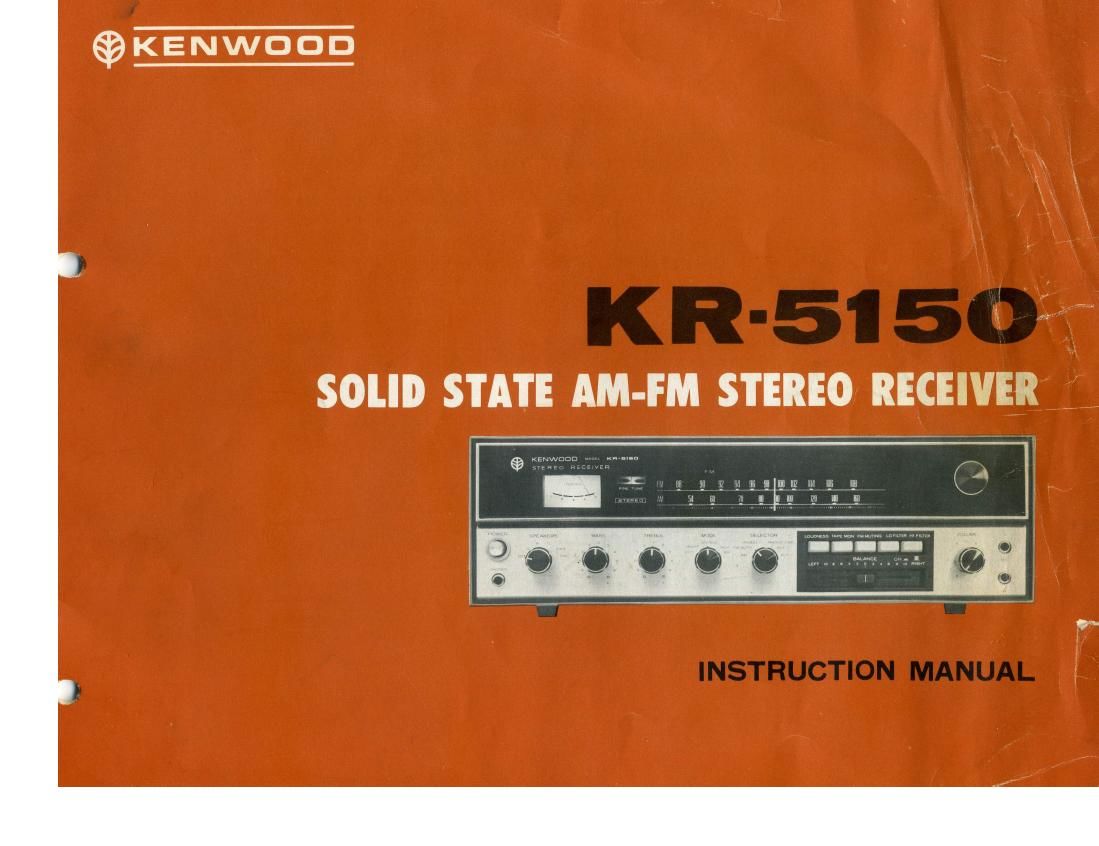Kenwood KR 5150 Instruction Manual
This is the 20 pages manual for Kenwood KR 5150 Instruction Manual.
Read or download the pdf for free. If you want to contribute, please upload pdfs to audioservicemanuals.wetransfer.com.
Page: 1 / 20
